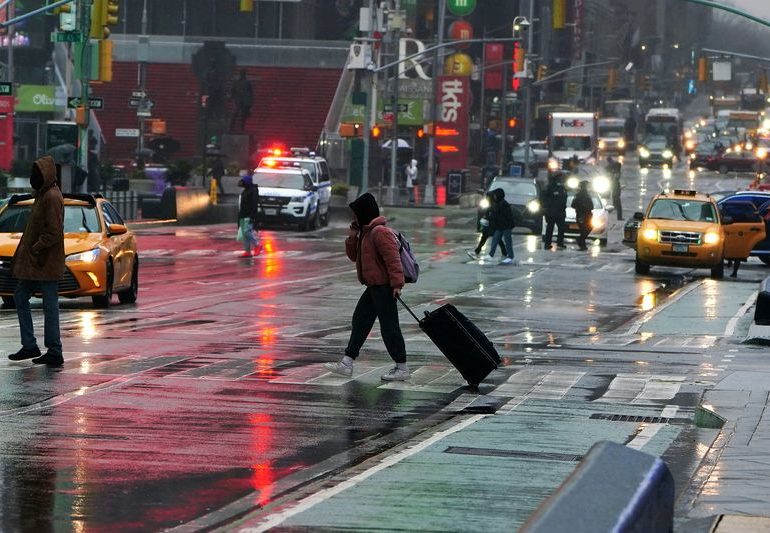 © Reuters. People walk in the rain in Times Square in New York City
© Reuters. People walk in the rain in Times Square in New York City
By Vishwadha Chander
(Reuters) – More young adults in the United States reported feeling anxious or depressed during the past six months of the COVID-19 pandemic, and fewer people reported getting the help they needed, according to a U.S. government study released on Friday.
The percentage of adults under age 30 with recent symptoms of an anxiety or a depressive disorder rose significantly about five months after the U.S. imposed COVID-19 related lockdowns, and reported rising deaths from the fast-spreading virus.
Between August 2020 and February 2021, this number went up to 41.5% from 36.4%, as did the percentage of such people reporting that they needed, but did not receive, mental health counseling.
The study suggests that the rise in anxiety or depressive disorder symptoms reported correspond with the weekly number of reported COVID-19 cases.
The findings are based on a Household Pulse Survey conducted by the U.S. Centers for Disease Control and Prevention (CDC) and the Census Bureau to monitor changes in mental health status and access to care during the pandemic.
"Trends in mental health can be used to evaluate the impact of strategies addressing adult mental health status and care during the pandemic," the authors of the study wrote in the CDC's Morbidity and Mortality Weekly Report released on Friday.
The study also found those with less than a high school education were more at risk, though it did not provide an explanation for it.
Even with more vaccines gaining authorization beginning late 2020, the effects of the pandemic on mental health continued into 2021.
During Jan. 20, 2021 through Feb. 1, 2021, about two in five adults aged over 18 years experienced recent symptoms of an anxiety or a depressive disorder, the survey found.
Demand for mental health and meditation apps, and investments in tech startups building these apps have also risen during this period.
Leave a comment
